Table of Contents
- Introduction
- Common Myths About Candles
- Potential Side Effects of Candles
- Choosing Safer Candle Alternatives
- Some Quotes on Candles
-
FAQs
Introduction
Candles have been used for centuries to create ambiance, provide light, and even promote relaxation through aromatherapy. However, concerns have been raised about their safety, particularly regarding indoor air pollution, allergens, and toxic chemicals. Are these concerns valid, or are they myths? This article explores the common beliefs about candles, their potential side effects, and how to make safer choices.
Common Myths About Candles

Myth 1: All Candles Release Toxic Fumes
Many people believe that burning any candle releases harmful toxins into the air.
Truth:
High-quality candles made from natural waxes emit significantly fewer harmful substances compared to lower-quality alternatives.
Myth 2: Paraffin Wax is Harmful
Paraffin wax is derived from petroleum, leading to concerns about toxic emissions.
Truth:
Research shows that paraffin candles do not produce harmful levels of toxins when burned in a well-ventilated space. Issues arise only when using low-quality candles with synthetic additives.
Myth 3: Scented Candles Cause Allergies and Respiratory Issues
Some individuals report headaches or respiratory discomfort from scented candles.
Truth:
Reactions usually occur due to synthetic fragrances or poor air circulation. Opting for naturally scented candles made from essential oils can reduce such issues.
Myth 4: Candles Can Increase Indoor Pollution
It is true that burning candles contributes to indoor air particulates.
Truth:
While candles contribute to indoor air particulates, their impact is minor compared to other sources like cooking or smoking. Proper ventilation and choosing clean-burning candles minimize this concern.
"Happiness is like a candle. If you share it, it doesn't decrease; it spreads."
Potential Side Effects of Candles
Air Quality Concerns
Burning candles can release tiny amounts of soot, particularly those made with poor-quality paraffin wax or synthetic additives. To avoid this, trim the wick to ¼ inch before lighting and ensure the room is well-ventilated.
Allergies and Sensitivities
Certain scented candles may trigger allergic reactions, asthma, or migraines due to synthetic fragrance compounds. Those with sensitivities should opt for candles scented with natural essential oils.
Fire Hazards
Leaving a burning candle unattended can pose a fire risk. Always place candles on a stable surface, keep them away from flammable objects, and extinguish them before leaving a room.
"A candle loses nothing by lighting another candle." – James Keller
Choosing Safer Candle Alternatives
Soy Wax and Beeswax Candles
Soy wax and beeswax candles burn cleaner than paraffin and emit less soot. Beeswax candles even have air-purifying properties by releasing negative ions that neutralize airborne toxins.
Lead-Free Wicks
Older candles used lead-based wicks, but modern regulations prohibit them. Always check for 100% cotton, hemp, or wood wicks to ensure safety.
Proper Candle Use and Ventilation
To minimize risks, burn candles in well-ventilated areas, keep wicks trimmed, and limit burning time to 3-4 hours per session.
"Thousands of candles can be lit from a single candle, and the life of the candle will not be shortened." – Buddha
Conclusion
Candles can be a safe and enjoyable part of your home environment when chosen wisely and used correctly. By opting for natural waxes, ensuring proper ventilation, and following safety measures, you can enjoy the ambiance of candles without health concerns.
FAQs
1. Are scented candles safe for daily use?
Yes, if they are made from natural ingredients like soy or beeswax with essential oil-based scents. Avoid synthetic fragrances and burn them in a ventilated space.
2. Can candles cause breathing problems?
Certain synthetic fragrance compounds and poor ventilation may lead to irritation for sensitive individuals. Choosing natural candles and ensuring airflow can reduce risks.
3. Do candles produce carbon monoxide?
Candles produce minimal carbon monoxide when burned properly. Poor ventilation or multiple candles burning in a small space can contribute to air quality concerns.
4. Are there eco-friendly candle options?
Yes, soy wax, beeswax, and coconut wax candles are sustainable alternatives to paraffin. Look for products with natural wicks and essential oil fragrances.
5. How can I reduce soot from candles?
Trim the wick to ¼ inch before each use, avoid burning candles in drafts, and choose high-quality wax blends.



















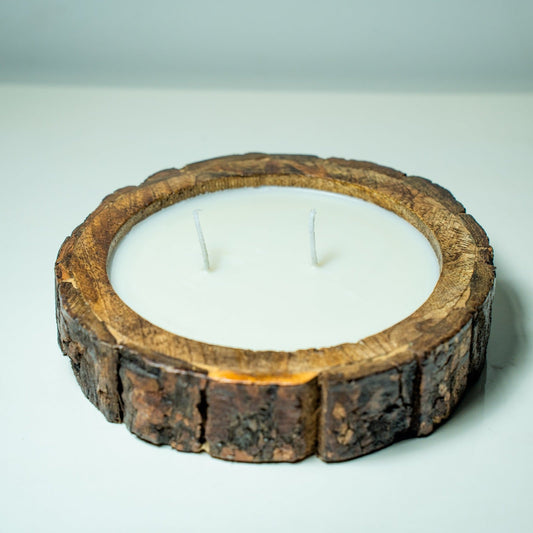
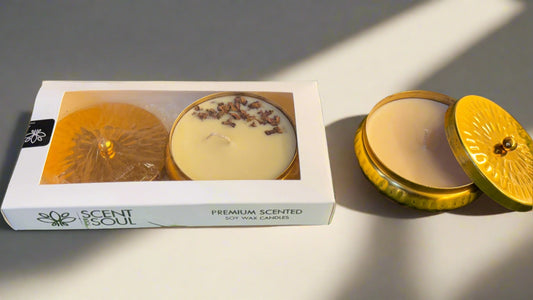
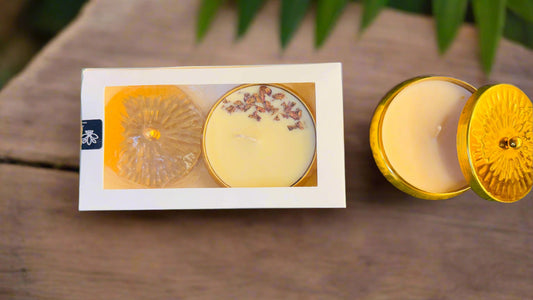


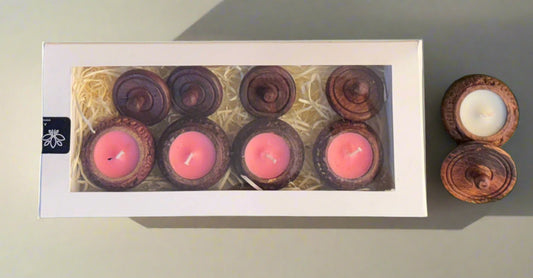
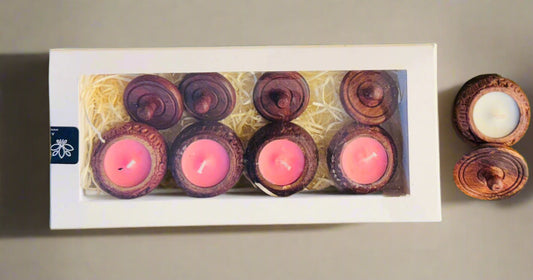

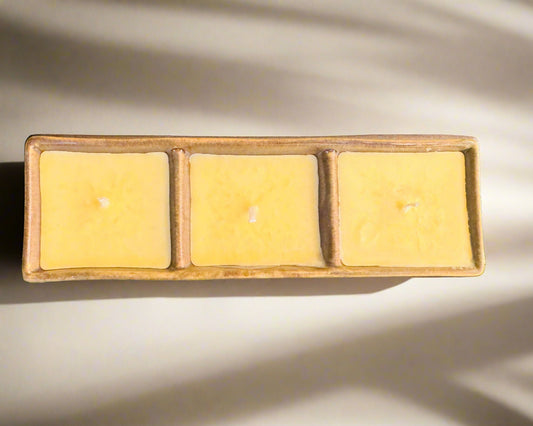







 Whatsapp us!
Whatsapp us!